Yesterday was one of those days when the real world threw us an elbow.
For the most part, things have been going surprisingly smoothly during this field school: the students have been great, the information we're collecting is of significant value, and we've barely lost any time to weather. As I wrote last week, I formulated a plan to wind down and close things out in good order over the remaining field days. Some parts of that plan still hold. Other parts now require substantial re-working.
Let's do the good news first.
In the "upstairs' excavation block, Units 4 and 6 and have been leveled off at 100 cmbd (centimeters below datum), the base of level 8. There is lot of material in the floor at this depth that will have to wait until excavations are re-opened at some point in the future. Additionally, the final floor scrape revealed several roughly circular areas of darker, charcoal-flecked sediment that are almost certainly the tops of cultural features. Large pieces of fire-cracked rock are scattered around on the floors of the units.
And now for the bad news.
The beautiful 3m-long profile wall that Jim Legg has been working on all semester suffered a major collapse while we were gone during the week. It doesn't look to me like the severe weather we had on Wednesday had anything to do with the collapse: there was no evidence that water had come in from the top or eroded the wall at the bottom. It appears, rather, as though the soft sands of Zones 3 and 4 just decided they didn't want to be on the wall anymore. They may have lost their cohesion as they dried out, sloughing off about 25-50 cm of the wall into a large pile of slump.
The first thing to do was deal with the sediment from the collapse. We moved some screens into place and pulled some students from the "upstairs" block to move and screen the dirt. Even though the artifacts were now out of vertical context, anything in the slump still has the potential to tell us something about the occupations of the site (we still don't have any diagnostic artifacts from context in the lower deposits, for example, so an Archaic projectile point from the slump would help us understand the sequence of deposits even if we didn't know exactly where it came from). We went ahead and chopped out the overhanging near-surface sediments, as their presence would make protecting the profile more difficult.
On another "glass half full" note, I want to say that I was very happy with the way my students handled themselves yesterday. I asked several of them to switch gears several different times to help out as we dealt with the collapse and the aftermath. They all responded, pitched in, and helped when and where requested. The students "upstairs" finishing up the block units did almost everything on their own, from uncovering the units in the morning to covering them back up at the end of day. I went up there sporadically to assess things, make strategic decisions, and give tactical advice. But for the most part they did it themselves. As a teacher, it's a great feeling to see them at this level of competence and independence -- they've come a long way from what they could do on that first day we went out there. That's a win.
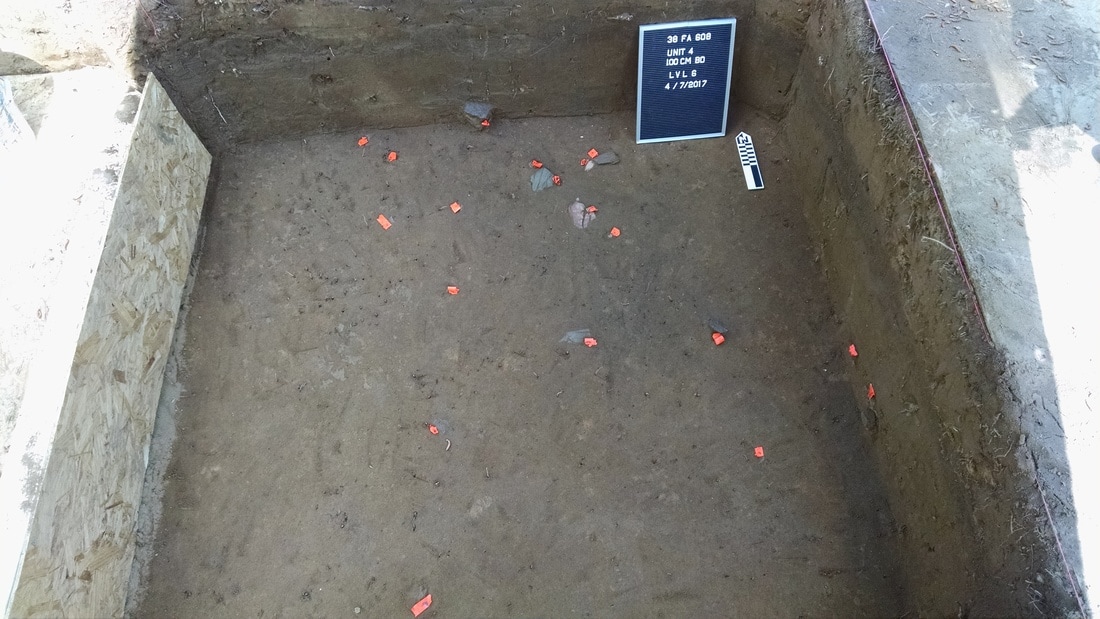
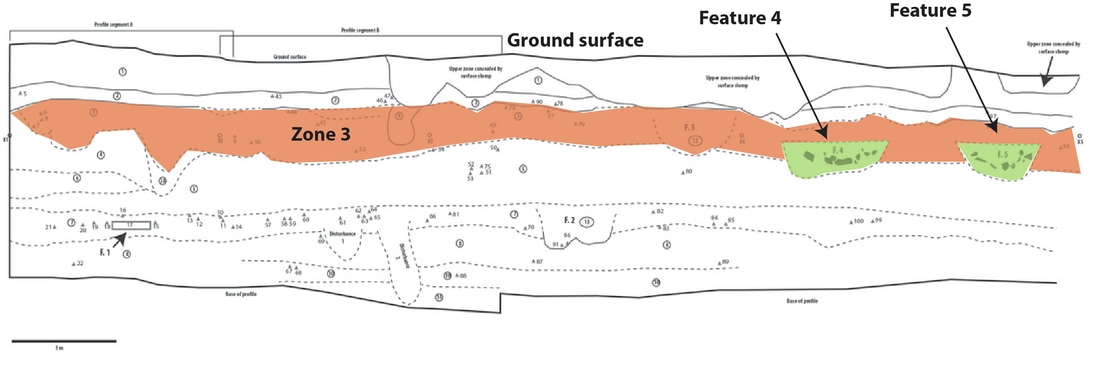
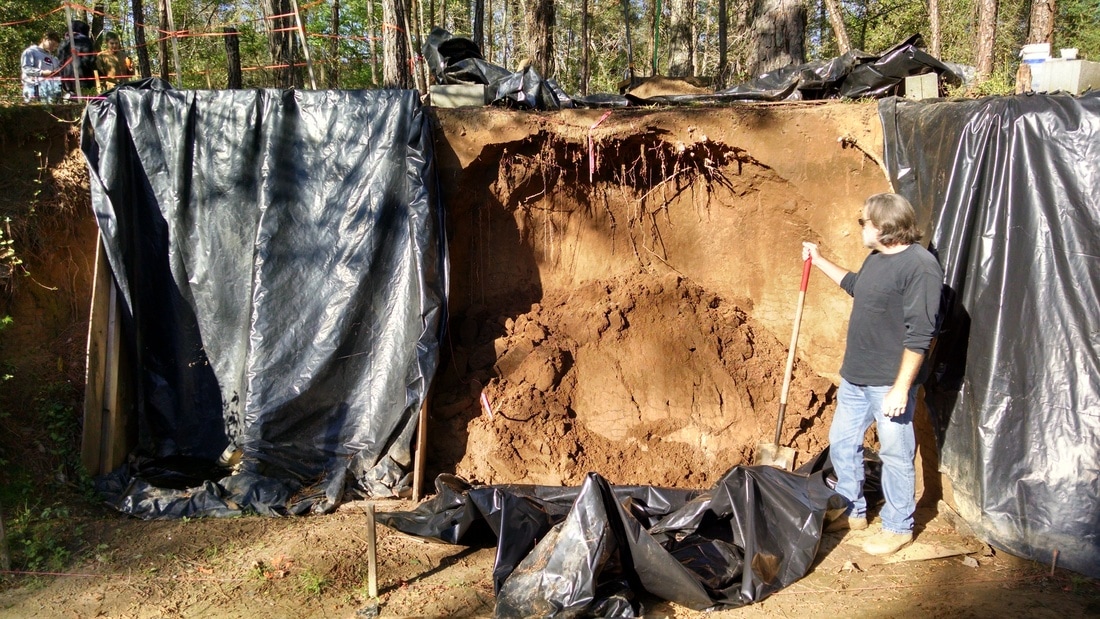
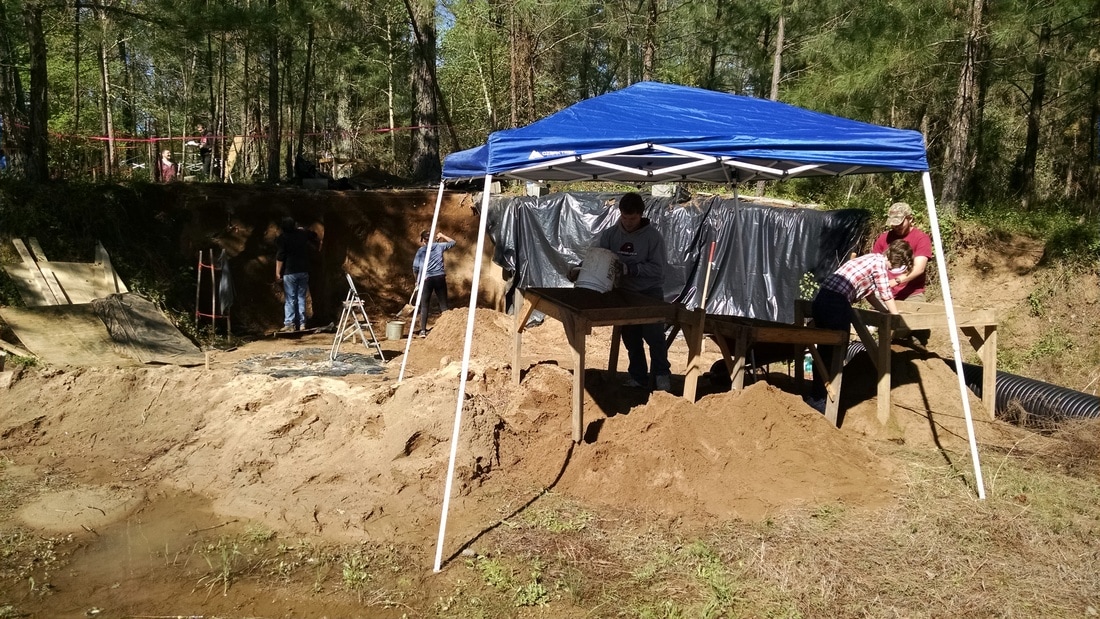
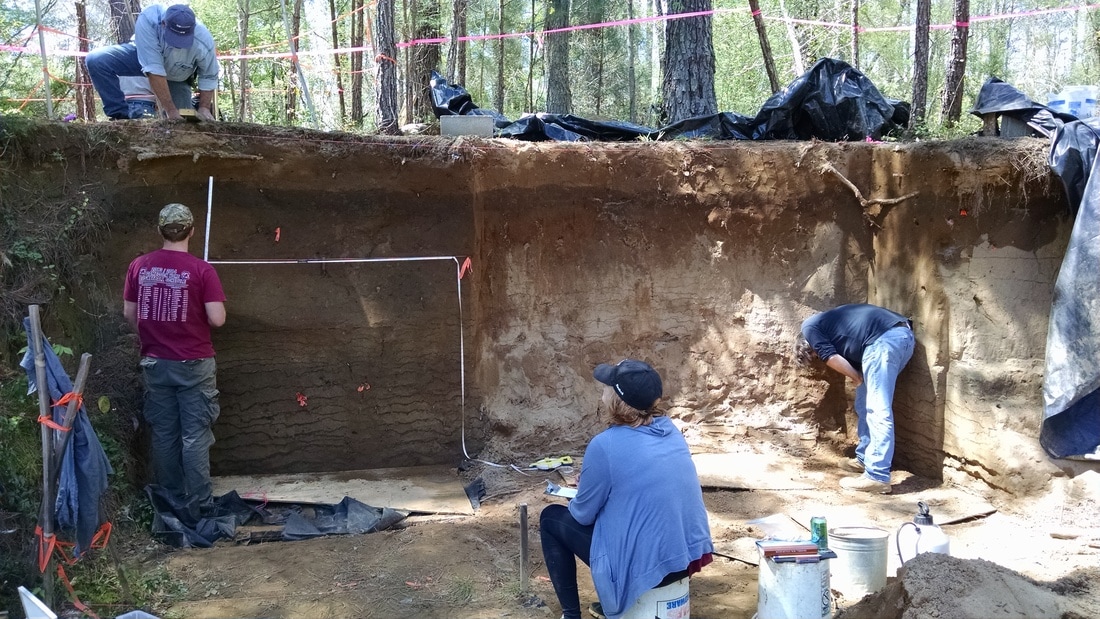


 RSS Feed
RSS Feed
